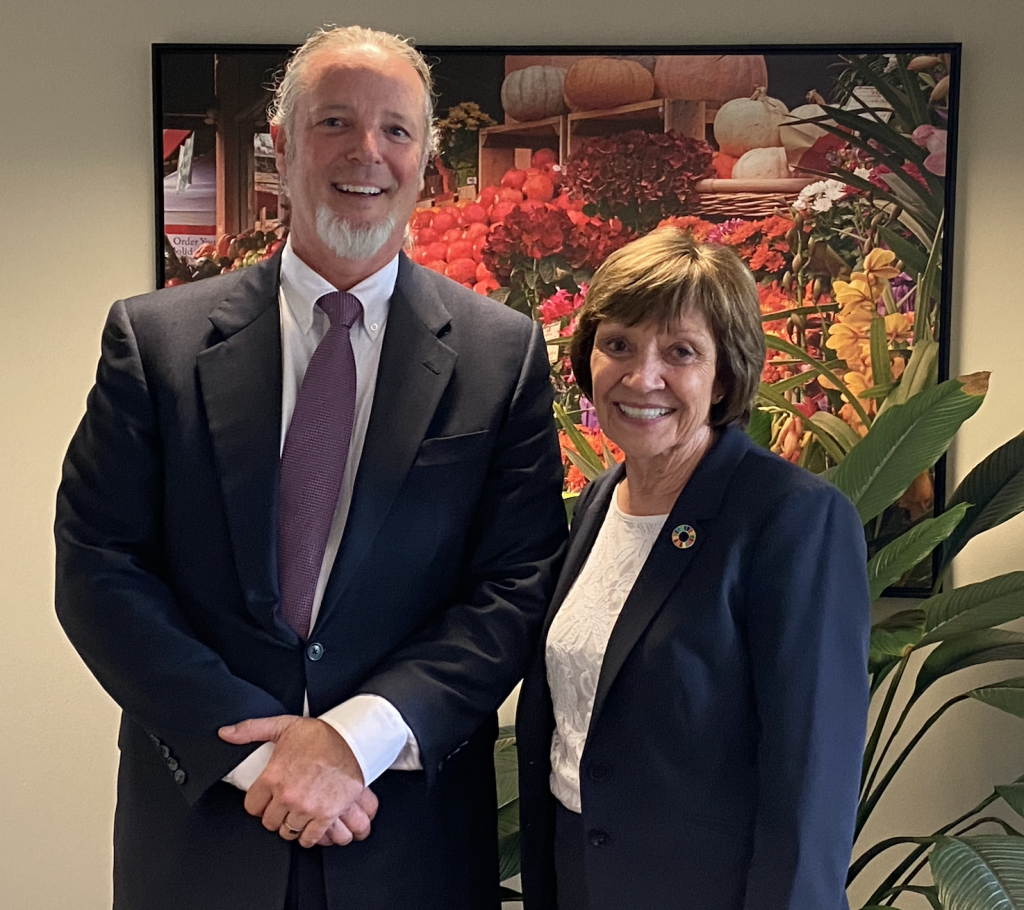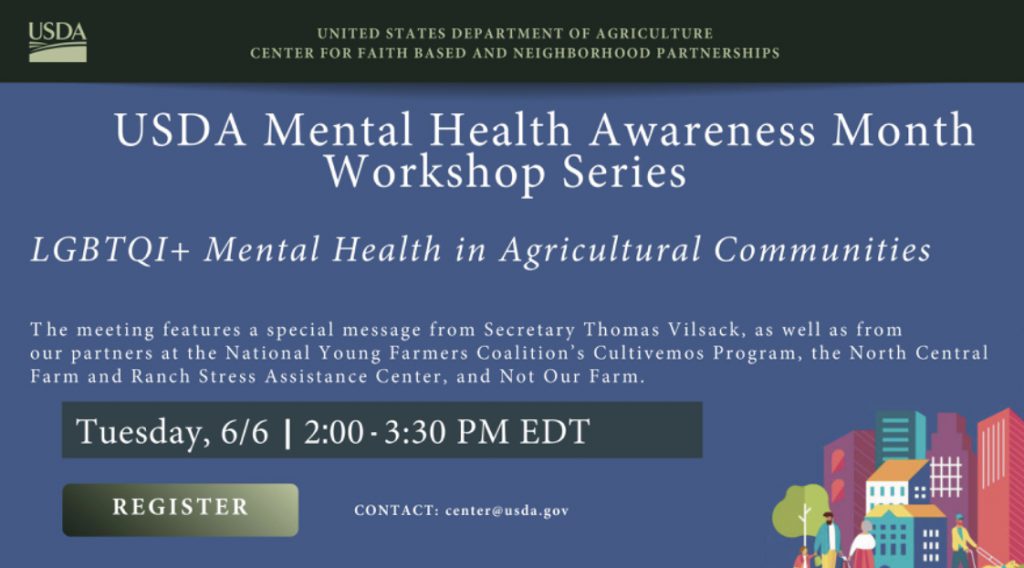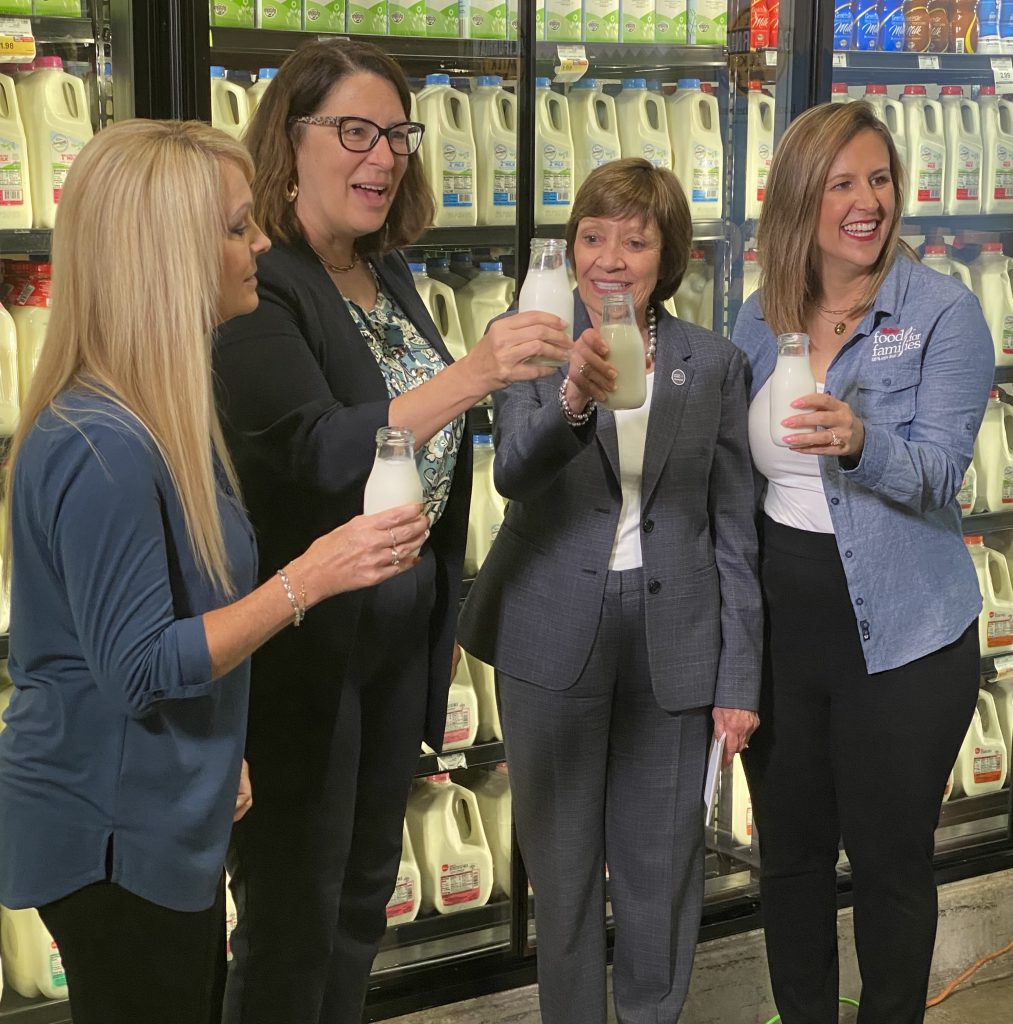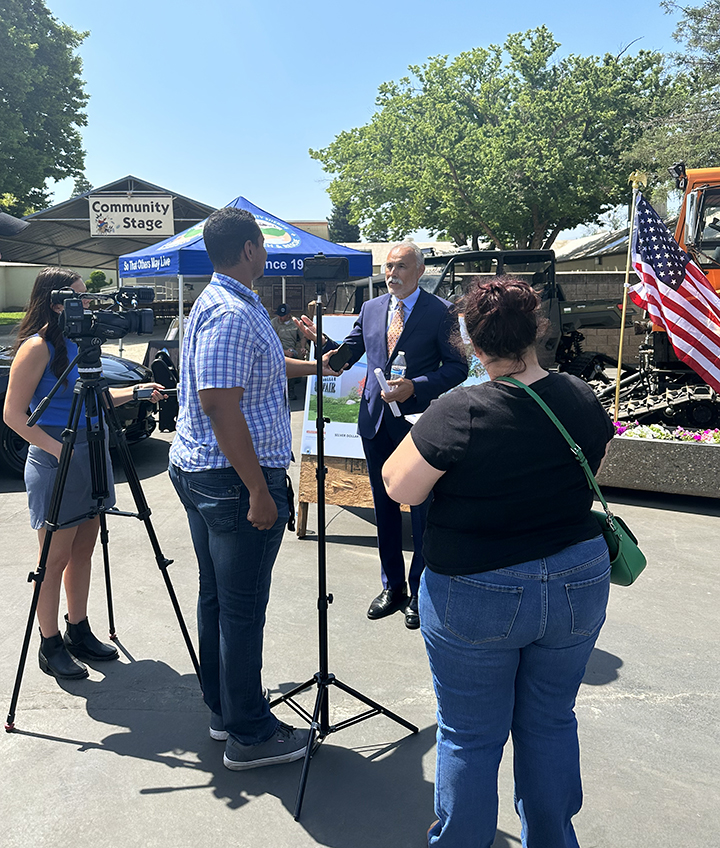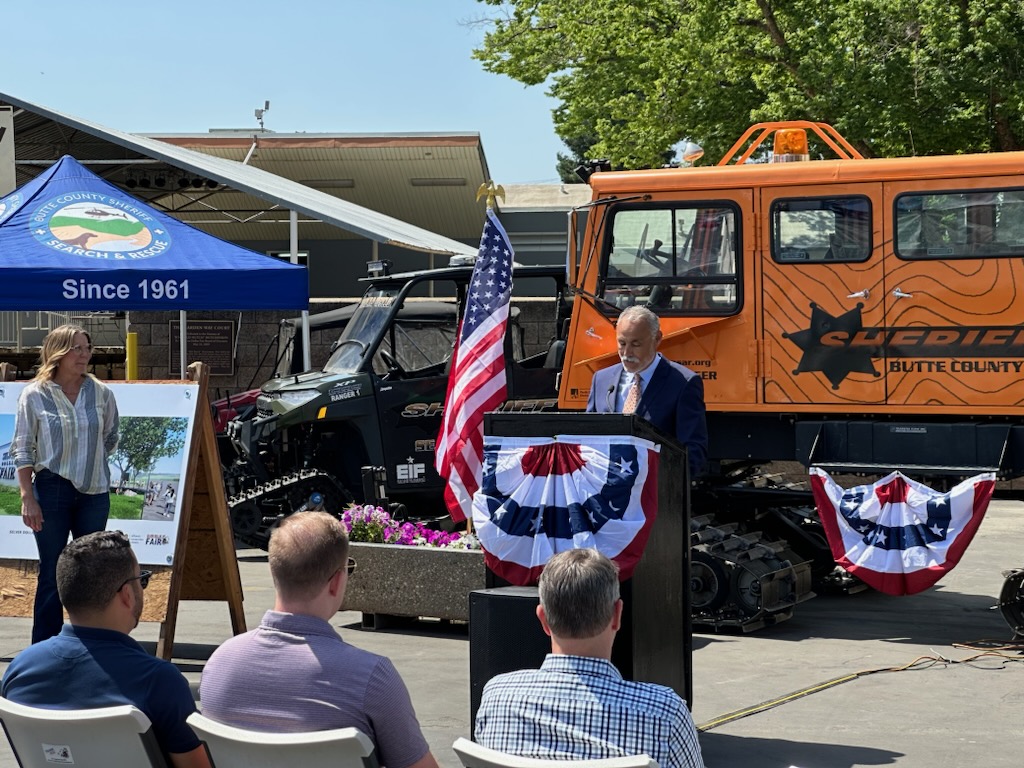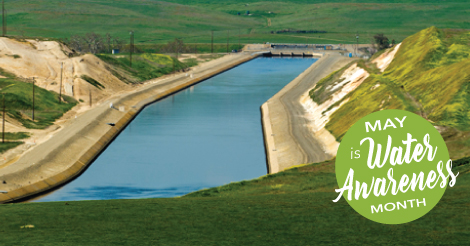The Biden-Harris Administration has announced the availability of $500 million in funding to advance partner-driven solutions to conservation on agricultural land through the U.S. Department of Agriculture’s Regional Conservation Partnership Program (RCPP). RCPP leverages a voluntary approach to conservation that expands the reach of conservation efforts and climate-smart agriculture through public-private partnerships. Increased funding for fiscal year 2023 is made possible by the Inflation Reduction Act, and this year’s funding opportunity reflects a concerted effort to streamline and simplify the program. Program improvements will enable USDA to efficiently implement the $4.95 billion in Inflation Reduction Act funding for the program while improving the experience for partners, agricultural producers, and employees.
“The Regional Conservation Partnership Program leverages the collective power and resources of public-private partnerships to deliver meaningful results for agriculture and conservation,” said Agriculture Secretary Tom Vilsack. “Thanks to the additional resources unlocked by the Inflation Reduction Act, as well as the improvements being made to the program, more farmers, ranchers, and foresters than ever before will be able to access and deploy conservation and climate-smart practices that will combat the climate crisis, enhance water and soil quality, protect vulnerable wildlife habitat, and more.”
This announcement is part of President Biden’s Investing in America agenda, which is growing the American economy from the bottom up and middle-out – from rebuilding our nation’s infrastructure to driving over $435 billion in private sector manufacturing and clean energy investments in the United States, to creating good paying jobs and building a clean-energy economy that will combat climate change and make our communities more resilient. The Inflation Reduction Act represents the single largest investment in climate and clean energy solutions in American history and it includes $19.5 billion for NRCS programs over five years.
RCPP Improvement Effort
The improvements included in this year’s RCPP funding opportunity are part of an ongoing effort to streamline NRCS conservation programs and efficiently implement the Inflation Reduction Act. The RCPP improvement effort identified problems and central issues associated with the program and is working to develop meaningful and actionable improvements.
Based on partner listening sessions and employee and partner surveys, NRCS identified seven key focus areas for improvement, each with a dedicated team working to address identified issues and provide recommendations:
- Simplifying and Reducing the Number of Agreements
- Reducing Lengthy RCPP Easement Transactions
- Improving the RCPP Portal
- Consistent Guidance and Training for Employees and Partners
- Simplifying the Technical Assistance Structure
- Improving the Conservation Desktop
- Simplifying the Partner Reimbursement Process
For more information about RCPP and a list of frequently asked questions, visit the NRCS website.
Earlier this month, NRCS also announced improvements to the Agricultural Conservation Easement Program to improve efficiency and effectiveness in conservation easements. In addition, NRCS recently called for input on its targeted water quality initiatives.
Notice of Funding Opportunity
The application period is now open for RCPP Classic and RCPP Alternative Funding Arrangements (AFA). RCPP Classic projects are implemented using NRCS contracts and easements with producers, landowners and communities, in collaboration with project partners. Through RCPP AFA, the lead partner must work directly with agricultural producers to support the development of new conservation structures and approaches that would not otherwise be available under RCPP Classic.
Today’s RCPP Notice of Funding Opportunity (NOFO) showcases a number of program improvements including the increase of project funding ceilings, the simplification of financial assistance and technical assistance structures, a stronger emphasis on locally led conservation, and easement deed flexibilities.
Up to $500 million will be available through the RCPP for fiscal year 2023, of which up to $50 million will prioritize AFAs with Indian Tribes.
Projects selected under this NOFO may be awarded funding through either the Inflation Reduction Act or Farm Bill 2018. Applications for RCPP climate-related projects will receive priority consideration for Inflation Reduction Act funding. The 2023 RCPP priorities are climate-smart agriculture, urban agriculture and projects and, as a Justice40 covered program, projects that serve underserved farmers and ranchers.
NRCS will accept applications now through Aug. 18, 2023 via the RCPP portal. Please note that to request access to the portal, you must have a level 2 verified eAuthentication account with USDA. This can be obtained by following the instructions on the USDA eAuthentication page.
Webinar for Interested Applicants
NRCS encourages interested applicants to participate in upcoming webinars that will provide general information about this funding announcement. The webinars will take place on May 24 and June 7, from 2-3:30 p.m. ET. Join via this links posted on the RCPP How to Apply website. Additional webinars may be announced as needed.
USDA touches the lives of all Americans each day in so many positive ways. In the Biden-Harris administration, USDA is transforming America’s food system with a greater focus on more resilient local and regional food production, fairer markets for all producers, ensuring access to safe, healthy and nutritious food in all communities, building new markets and streams of income for farmers and producers using climate smart food and forestry practices, making historic investments in infrastructure and clean energy capabilities in rural America, and committing to equity across the Department by removing systemic barriers and building a workforce more representative of America. To learn more, visit www.usda.gov.
See the original release on the USDA site here.



